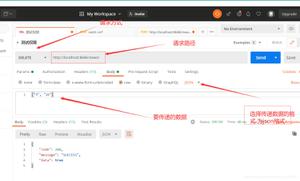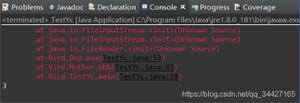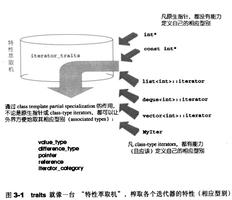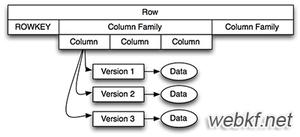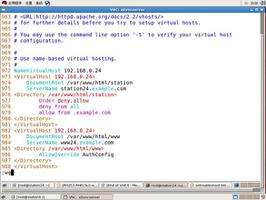深入浅析ArrayList 和 LinkedList的执行效率比较
一、概念:
一般我们都知道ArrayList* 由一个数组后推得到的 List。作为一个常规用途的对象容器使用,用于替换原先的 Vector。允许我们快速访问元素,但在从列表中部插入和删除元素时,速度却嫌稍慢。一般只应该用ListIterator 对一个 ArrayList 进行向前和向后遍历,不要用它删除和插入元素;与 LinkedList 相比,它的效率要低许多LinkedList 提供优化的顺序访问性能,同时可以高效率地在列表中部进行插入和删除操作。但在进行随机访问时,速度却相当慢,此时应换用 ArrayList。
二、测试
本来自己写了一些测试类想测试下ArrayList和LinkedList的性能比较,发现怎么写都差强人意,今天在《Thinking in Java》中看到了这样的一段代码,个人觉得写得不赖。
public class ListPerformance
{
private static final int REPS = 100;
private abstract static class Tester//内部抽象类,作为List测试。
{
String name;
int size;
Tester(String name, int size)
{
this.name = name;
this.size = size;
}
abstract void test(List a);
}
private static Tester[] tests = {new Tester("get", 300)//一个测试数组,存储get(随机取)、iteration(顺序遍历)、insert(中间插入)、remove(随机删除)
{
void test(List a)
{
for (int i = 0; i < REPS; i++) {
for (int j = 0; j < a.size(); j++) {
a.get(j);
}
}
}
}, new Tester("iteration", 300)
{
void test(List a)
{
for (int i = 0; i < REPS; i++) {
Iterator it = a.iterator();
while (it.hasNext()) it.next();
}
}
}, new Tester("insert", 1000)
{
void test(List a)
{
int half = a.size() / 2;
String s = "test";
ListIterator it = a.listIterator(half);
for (int i = 0; i < size * 10; i++) {
it.add(s);
}
}
}, new Tester("remove", 5000)
{
void test(List a)
{
ListIterator it = a.listIterator(3);
while (it.hasNext()) {
it.next();
it.remove();
}
}
},
};
public static void test(List a)
{
System.out.println("Testing " + a.getClass().getName());//输出测试的类名称
for (int i = 0; i < tests.length; i++) {
fill(a, tests[i].size);//填充空集合
System.out.print(tests[i].name);
long t1 = System.currentTimeMillis();
tests[i].test(a);//进行测试
long t2 = System.currentTimeMillis();
System.out.print(":" + (t2 - t1)+" ms ");
}
}
public static Collection fill(Collection c, int size)
{
for (int i = 0; i < size; i++) {
c.add(Integer.toString(i));
}
return c;
}
public static void main(String[] args)
{
test(new ArrayList());
System.out.println();
test(new LinkedList());
}
}

三、总结
首先,真的夸一下,这段代码写得真是好啊,无论是内部类的应用还是对面向对象的认识,都考虑的恰到好处,哎,我什么时候才能写出这么棒的代码啊。
测试结果每次都有些许的差异,但不难得出以下的结论:
1、在 ArrayList 中进行随机访问(即 get())以及循环反复是最划得来的 。原因在于,ArrayList是基于数组而来的,所以每个元素都有其对应的index,所以随机定位一个元素要快捷的多。
2、在 LinkedList 中进行顺序访问、插入、删除动作的话还是比较高效的。原因在于,插入、删除的话对于LinkedList来说只需要改变其排列的一个node结点就可以了,而对于ArrayList来说删除一个元素,需要不断把后面的元素移到前面的位置上。
3、至于顺序访问,之前一直认为ArrayList 基于数组排列,在内存中是连续排列的,应该会快得多,然后多次测试发现并不是想象的那样,或者说ArrayList没有表现出它该有的优势,甚至还不如LinkedList的访问速度。原因在于:LinkedList 提供了优化的顺序访问性能。
总结
以上所述是小编给大家介绍的ArrayList 和 LinkedList的执行效率比较,希望对大家有所帮助,如果大家有任何疑问请给我留言,小编会及时回复大家的。在此也非常感谢大家对网站的支持!
以上是 深入浅析ArrayList 和 LinkedList的执行效率比较 的全部内容, 来源链接: utcz.com/p/214270.html


